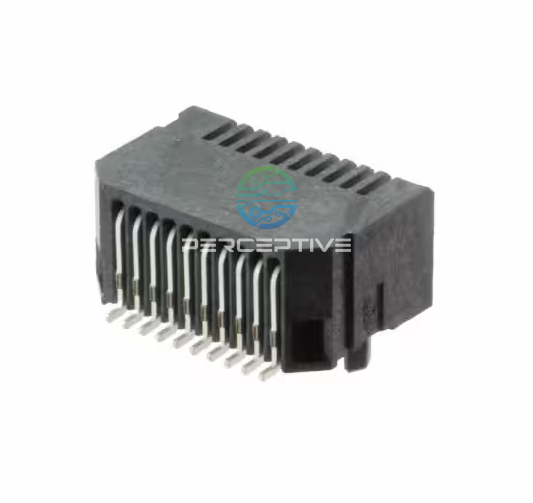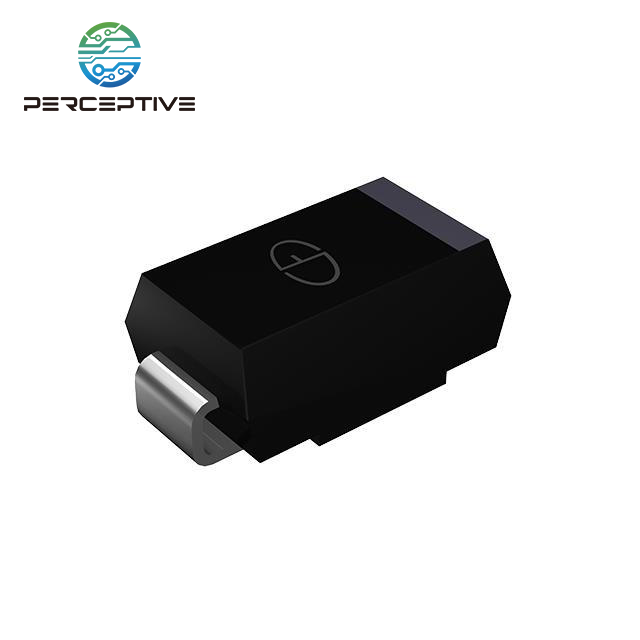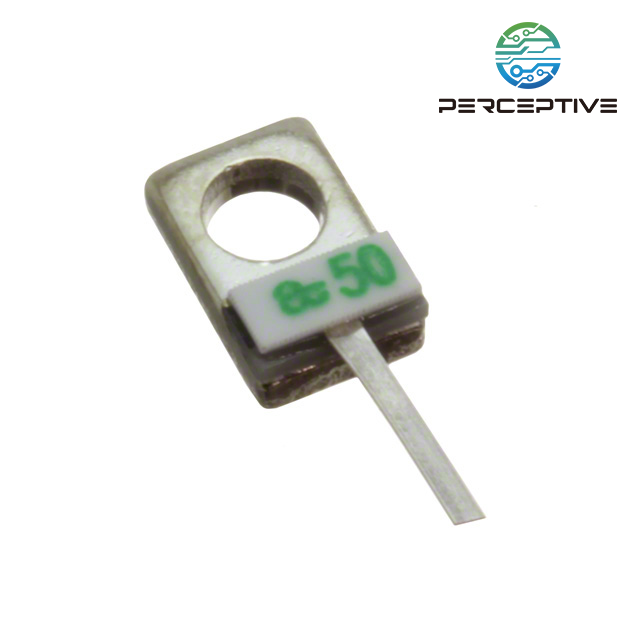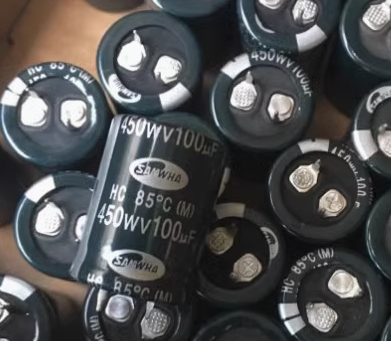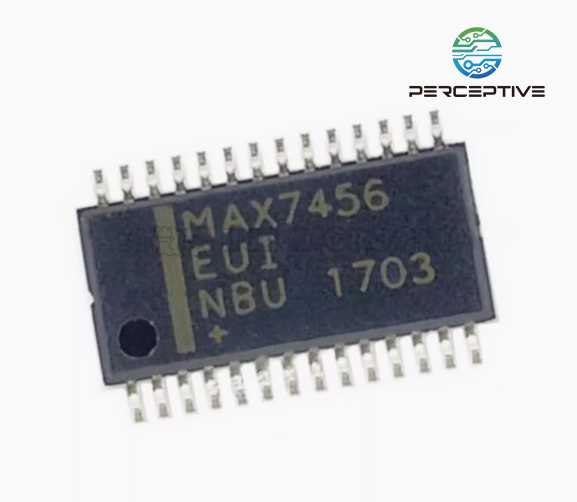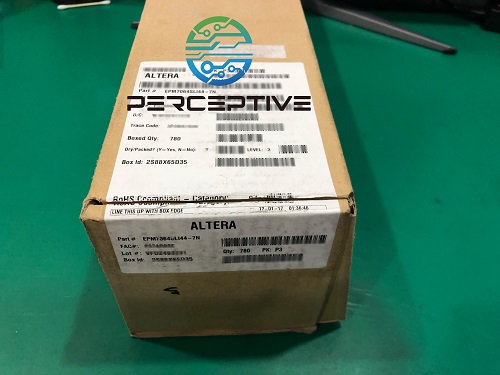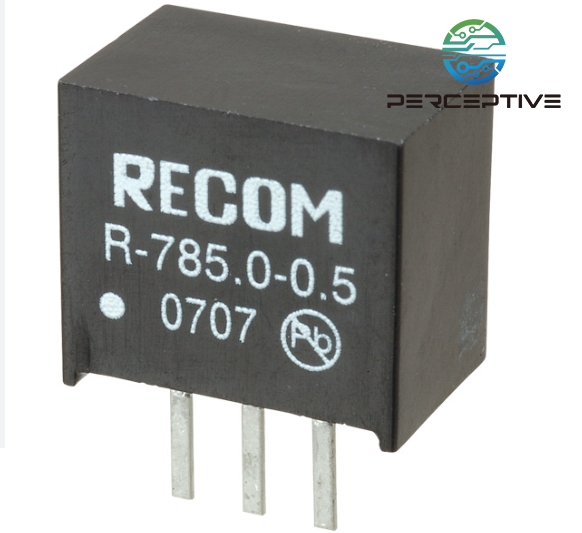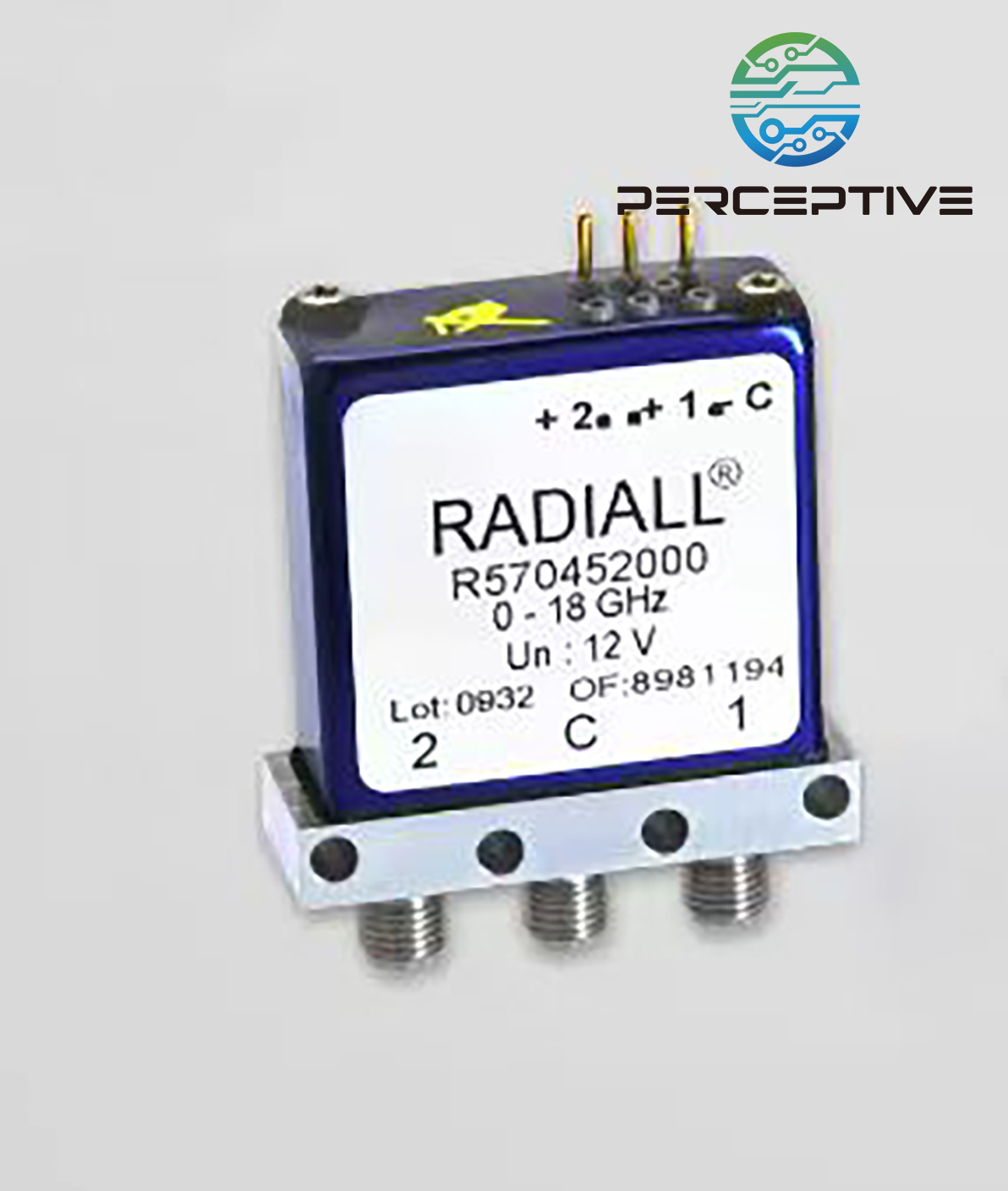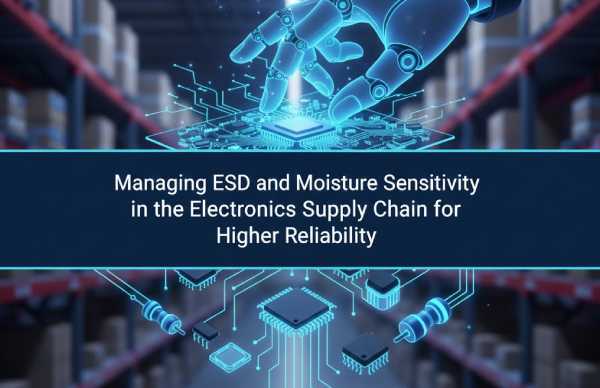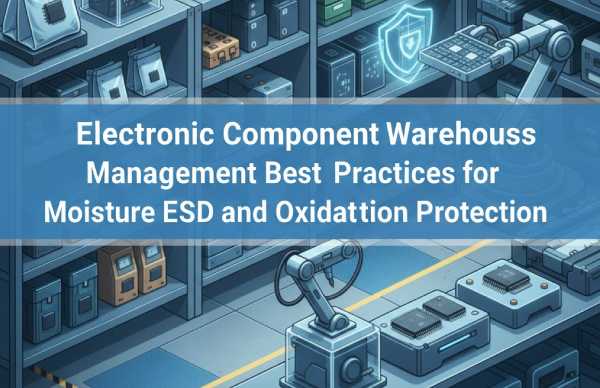In today's competitive electronics industry, proper storage of components is just as important as sourcing them. Improper warehouse management can turn high-value inventory into unusable parts, particularly for moisture-sensitive devices (MSDs), electrostatic discharge (ESD)-susceptible items, and components prone to oxidation. Effective storage practices protect components' integrity, minimize rework, and ensure reliable production.
1. Classify Components Accurately
The first step in warehouse management is understanding the requirements of each part. Each reel, tube, or tray should be labeled with its Moisture Sensitivity Level (MSL) and ESD classification. The MSL indicates how long a device can remain exposed to ambient conditions before requiring baking to remove a

